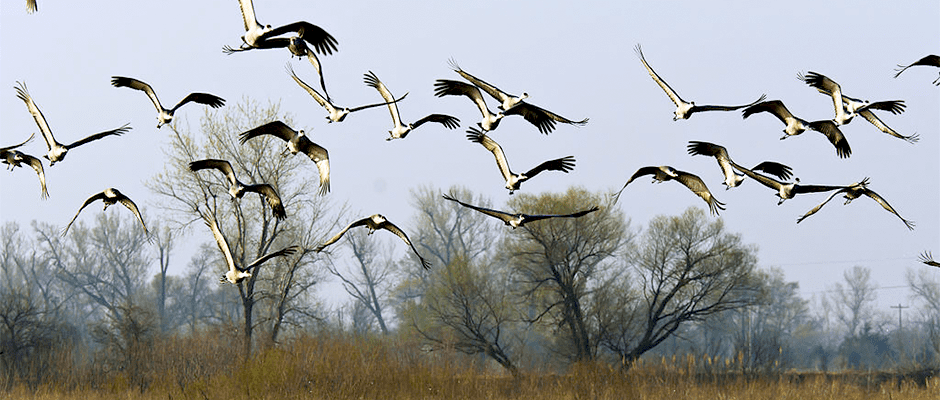Share this article
Migratory Bird Treaty turns 100 years old today
One hundred years ago today, Canada and the United States signed the Migratory Bird Treaty, a landmark agreement to protect North America’s migratory birds. Signed on Aug. 16, 1916, the treaty acknowledged the need for action as waterfowl and game bird numbers across the continent were in steep decline.
With essentially no regulations in place to manage bird hunting, market hunting was drastically impacting bird populations. Demand for meat, quills and ornamental feathers continued to increase as Americans grew more affluent throughout the 19th century.
The Labrador duck (Camptorhynchus labradorius), great auk (Pinguinus impennis), Carolina parakeet (Conuropsis carolinensis), and the once ubiquitous passenger pigeon (Ectopistes migratorius) were among the notable species driven to extinction by the end of the 19th century. Swan, goose, and duck species suffered severe population declines.
At the turn of the 20th century, concerned citizens, scientists and conservationists lobbied for bird protections. In response, Great Britain (acting on behalf of Canada at the time) and the United States signed the Migratory Bird Treaty in 1916. In signing the Treaty, both countries agreed to take action to conserve birds by setting hunting seasons for game birds and ending hunting of all insectivorous birds, recognizing their valuable ability to control agricultural pests.
The Treaty was signed into U.S. law when Congress passed the Migratory Bird Treaty Act in 1918, which prohibits the harming, killing, or selling of a migratory bird and its parts, nests or eggs. The Act also banned market hunting, set the first federal hunting seasons, and established federal authority to manage migratory birds. The U.S. Fish and Wildlife Service provides federal oversight of 1,026 species of birds in North America under this law.
Migratory birds in Canada are similarly protected under the Migratory Bird Convention Act, passed in 1917.
Mexico signed a similar treaty with the U.S. in 1936, extending conservation of migratory birds across the entire North American continent. Japan and Russia signed similar agreements in the 1970’s, further extending efforts to conserve birds as they migrate beyond North American borders.
The Migratory Bird Treaty marked the beginning of 100 years of bird conservation, and wildlife agencies, researchers, conservation groups, and bird lovers are celebrating its success across the continent.
Header Image: Sandhill cranes migrate over the Platte River, Nebraska. ©Larry Crist/USFWS








